The One Ring vs Lord of the Rings 5E - choosing your path in Middle-earth
One system to rule them all?
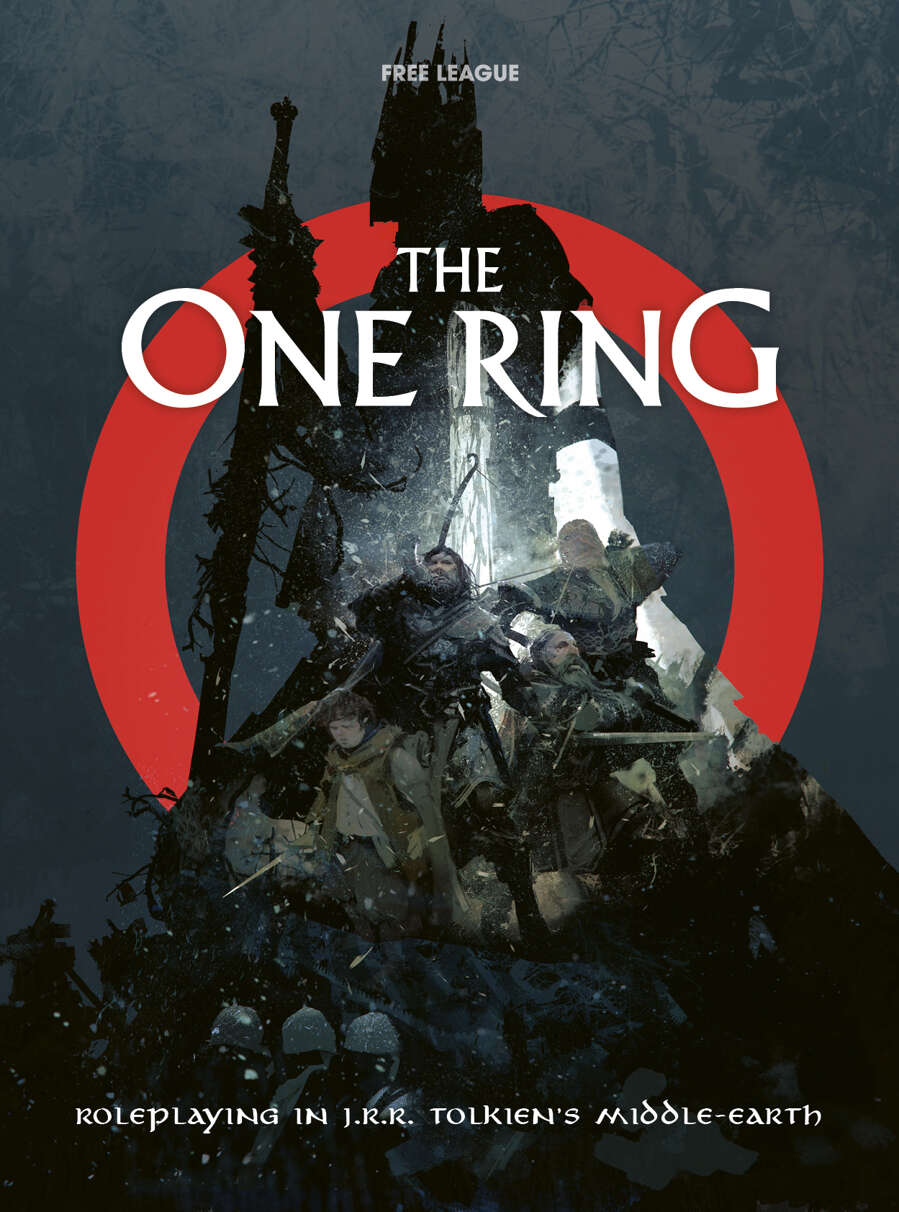 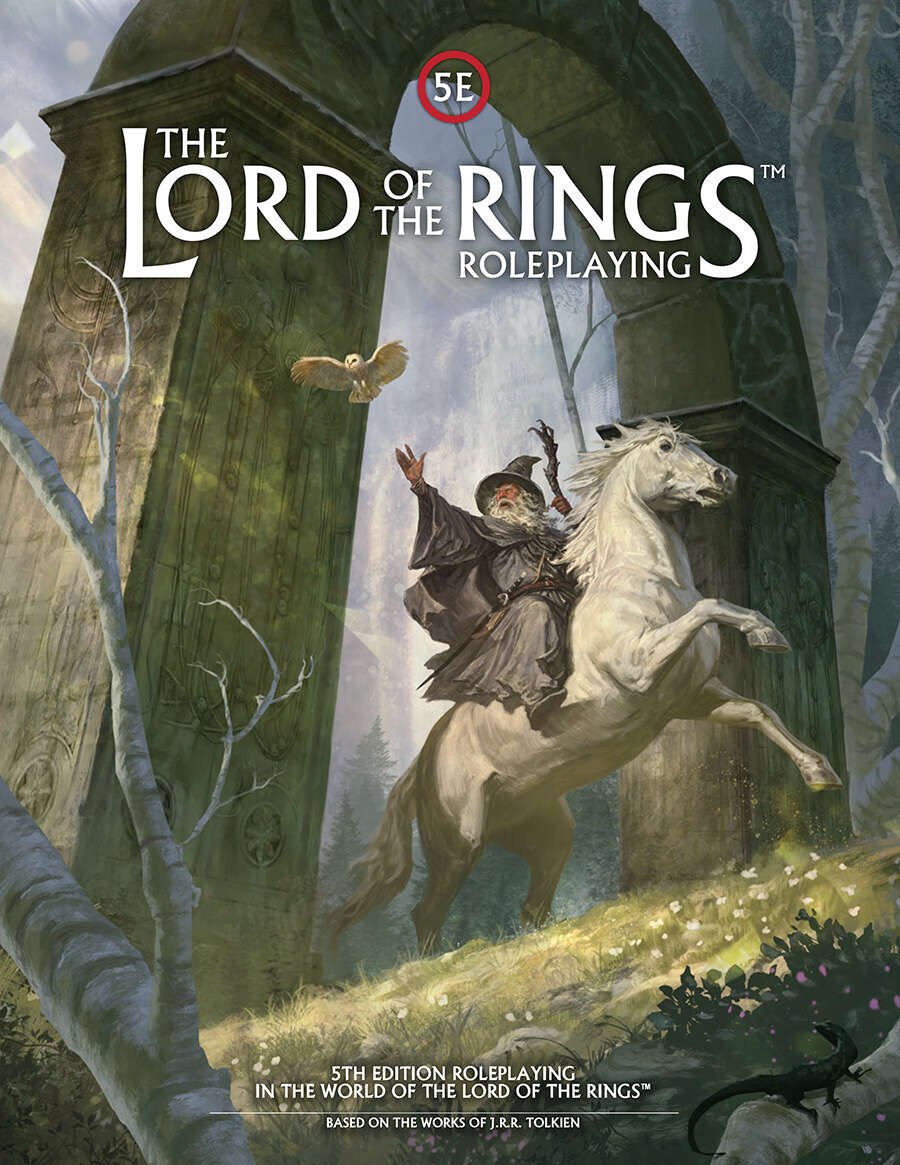 |
| Images by Free League |
- Why I love The One Ring
- How does LOTR Roleplaying 5E compare?
- Why does Free League have both?
- Final Thoughts
When it comes to your brand of fantasy, are you Frodo creeping into Mordor, or Aragorn challenging at the Black Gate?
That’s how I’ve come to think about the two Middle-earth RPGs from Free League Publishing. The One Ring Second Edition follows the path of the books - grounded, weighty, and literary. The Lord of the Rings Roleplaying for 5th Edition takes more of a cinematic route - familiar mechanics leading to more heroic action.
I grew up with both the books and the films. My dad’s battered paperbacks shaped how I saw fantasy. The Peter Jackson movies made it leap off the screen. So when I went looking for a D&D alternative set in Middle-earth, I bought both systems to compare.
I ended up going deep on The One Ring: every expansion, two solo campaigns, one group game. But the question stuck with me - why release both versions? Who are they really for? And what does that tell us about the design and business strategy behind them?
This isn’t just a review. It’s an exploration of how mechanics and market can walk hand in hand, serving different players in the same beloved world. Which path will you take?
Why I love The One Ring
Presentation quality
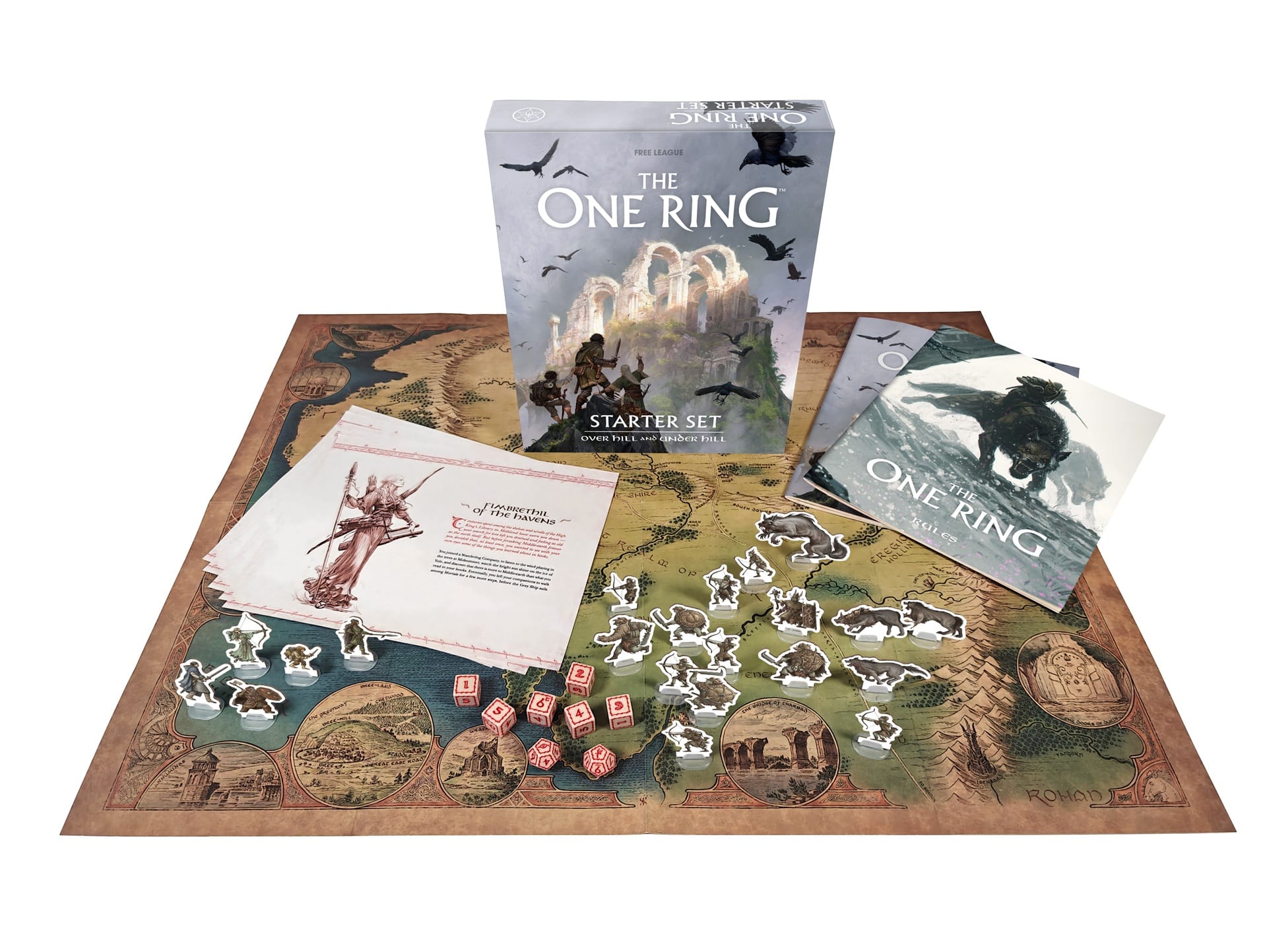 |
| Image by Free League |
Grounded mechanics
What makes The One Ring feel so different from D&D isn’t just the setting - it’s how the game plays. Everything in the system is designed to reflect the grounded, weary, and often solemn tone of Tolkien’s world. It’s not about flashy heroics or limitless power. It’s about endurance, quiet bravery, and the weight of the journey.
A different kind of dice
Instead of a single d20 roll like in D&D, The One Ring uses a mix of dice that reflect both skill and fortune. Each roll includes one 12-sided Feat Die and a number of 6-sided Success Dice based on the character’s skill. Results are compared to a target number tied to the character’s attributes.
The dice themselves carry the flavor of the setting. A Gandalf rune on the Feat Die is an automatic success; an Eye of Sauron can result in failure. And each six rolled on a Success Die adds an extra degree of success, which can be used for specific advantages - like moving silently, striking harder, or creating momentum for future rolls.
Let’s be honest - it takes some getting used to. If you’re coming from a d20, roll-high system, The One Ring’s mechanics can feel clunky at first. Even with an experienced group, we sometimes found the results take a moment to register, which could interrupt the tension mid-scene. But maybe that’s by design: fewer rolls, weightier moments, and outcomes that invite interpretation as much as resolution.
 |
| Image courtesy of Amazon.com |
Journeys matter
Travel isn’t just a backdrop in The One Ring - it’s a core part of the experience. The game treats journeys seriously, with roles like Guide, Hunter, Lookout, and Scout each contributing to how safely the party moves through the wild in a structured hex-crawl. Harsh terrain, fatigue, and bad luck can wear characters down long before their destination.
This creates a rhythm that feels deeply Tolkien. Travel is hard. Rest matters. And poor planning has consequences. If a hero arrives weary and burdened, it changes how the next chapter unfolds. It’s a level of realism that resonates with the story the game wants to tell.
 |
| Image by Free League |
Combat with consequence
Combat is faster and simpler than in 5e, but no less tense. Each player picks a stance - Forward, Open, Defensive, or Ranged - and these choices define their role in battle. Extra successes on attack rolls can result in critical hits (called Piercing Blows), and while armor helps prevent wounds, it also weighs you down.
What stands out is how damage isn’t just a number to erase. Drop too low in Endurance, and you become Weary - a status that directly affects your chances of success. Wounds affect your future rolls and there's no healing magic, just mundane treatment. Battles take a toll, as they should in a world where danger is real and recovery is slow.
 |
| Image by Free League |
Talk like a council
Even diplomacy gets its due. The One Ring has a dedicated structure for Councils - formal encounters using a skill challenge system that is befitting of the high-stakes discussion in the house of Elrond. Success depends not just on dice rolls, but on preparation, approach, and how well the party reads the room. It’s elegant, and it gives weight to dialogue in a way few systems manage.
A world that breathes
After the adventure comes the Fellowship Phase: a period of rest, reflection, and growth. Characters heal, train, visit patrons, or pursue goals. These moments aren’t filler - they’re integral to the story. They ground the characters in the world, just like Tolkien did with his long, quiet interludes between danger.
In all of this, The One Ring feels deliberately restrained. It doesn’t try to make you feel powerful - it tries to make you feel present. And that, more than anything else, is what makes it such a faithful adaptation of Tolkien’s Middle-earth.
Expanded ways to play
Since its 2022 release, The One Ring Second Edition has been richly supported with one adventure book and three major expansions - one nearly the size of the core rulebook. Each adds new character options, lore-drenched regions, and “landmarks” that serve as narrative seeds and adventure sites for your own tales.
- Do the wilds call to you? Tales from the Lone-lands sends your fellowship deep into the sparse, haunted plains of northern Eriador, following a creeping mystery across six linked adventures.
- Prefer city intrigue and crumbling legacies? Ruins of the Lost Realm takes you south along the Greenway to the fallen city of Tharbad, where brigands gather, Saruman schemes, and shadows lengthen in the ruins of Arnor.
- Longing for the timeless beauty of the elves? The Realm of the Three Rings expands on Rivendell, the Grey Havens, and - most strikingly - the Golden Wood of Lórien. Ethereal, melancholic, and rich with ancient secrets.
- Or do you seek what lies in the deep places of the world? Through the Doors of Durin is a stunning deep-delve into Moria - my personal favourite. It takes Tolkien’s brief hints and expands them into a massive dungeon: factional politics among orcs, forgotten halls, ancient evils, and the most credible map of Khazad-dûm I've ever seen.
Going solo in Middle-earth
Can’t gather a group? Free League offers several excellent solo modes:
-
Strider Mode (sold separately) casts you as a lone wanderer - a more capable hero built for narrative improvisation. With custom oracle tables to guide your path, it’s perfect for a freeform campaign across Middle-earth.
-
Elf-lords in Realm of the Three Rings introduce a higher-power solo experience. Play as a hero from the Second Age - like Glorfindel - with legendary heirlooms, enhanced combat prowess, and higher starting Wisdom and Valour. It’s a bold contrast to the mortal fragility of Third Age adventurers.
-
Moria’s Solo Campaign offers a haunting journey as you lead a company of dwarves on Balin’s ill-fated quest to reclaim Khazad-dûm. It brings Moria-themed oracles plus bespoke mechanics to lead your band against the escalating threats in one of the most evocative solo TTRPG experiences available.
 |
| Available on DriveThruRPG |
How does LOTR Roleplaying 5E compare?
More mass-market presentation
- TOR has a textured, matte cover; LOTR RP opts for a standard glossy hardcover.
- TOR includes a ribbon bookmark; LOTR RP does not.
- Cover art differs notably - TOR leans dark and painterly (Sauron brooding in shadow), while LOTR RP goes brighter and iconic (Gandalf atop Shadowfax).
- The titles themselves signal tone: compare “The One Ring” to “Lord of the Rings Roleplaying,” or “Realm of the Three Rings” to “Keepers of the Elven Rings” - more literal, accessible naming for the 5E line.
Faster core resolution
Higher-powered combat
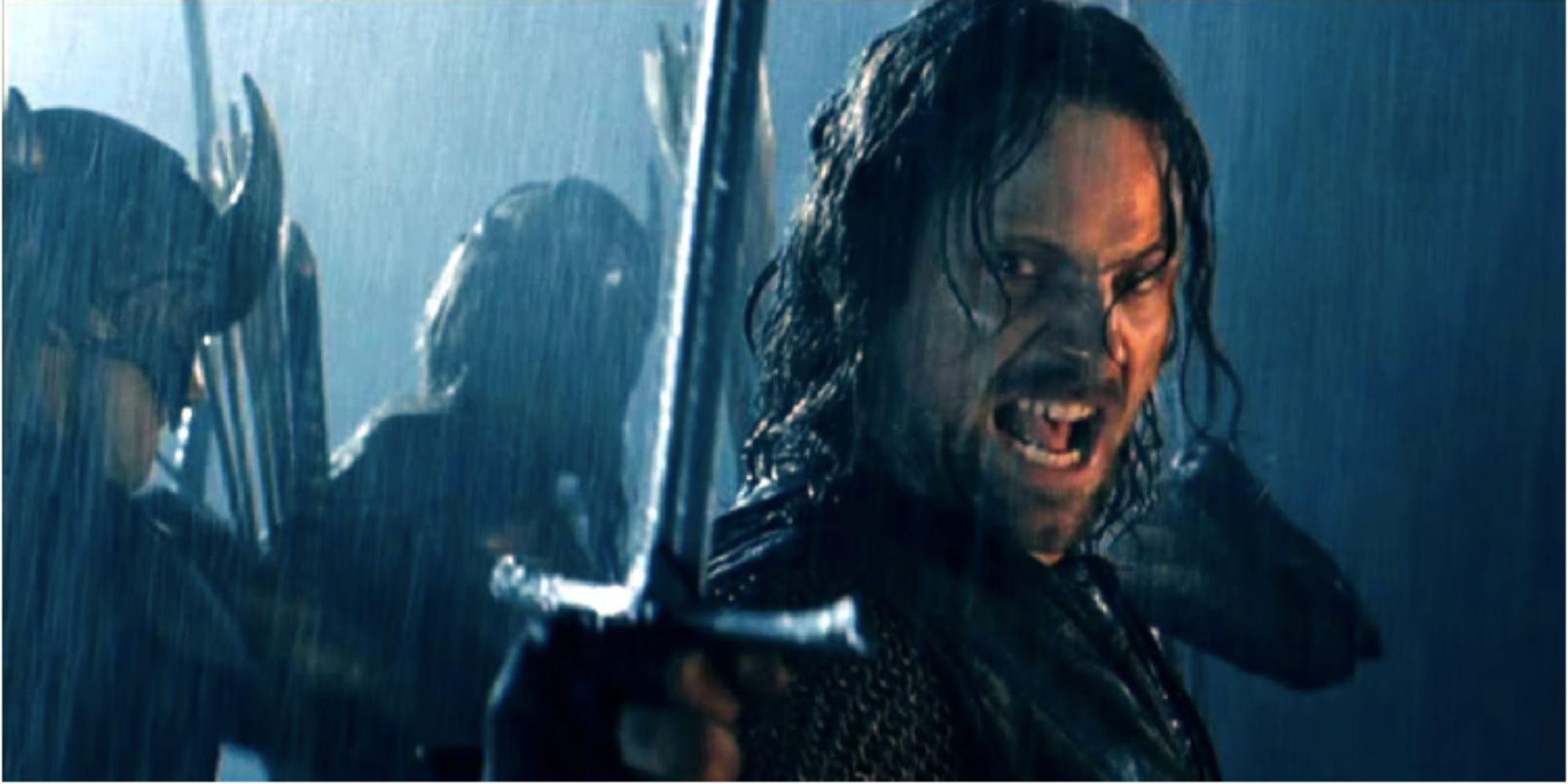 |
| From The Lord of the Rings: The Two Towers movie |
But still low fantasy vs Dungeons & Dragons
That said, don’t mistake LOTR RP for a simple D&D reskin. The designers have made deliberate choices to preserve Tolkien’s low-fantasy tone:
-
Long rests require safe havens; even short rests take 8 hours.
-
Encumbrance rules actually matter.
-
There are no traditional spellcasters - magic is rare and mostly the province of Elves.
-
Main level progression ends at 10th, not 20th.
-
Shadow and corruption introduce two new status conditions: Anguished and Miserable.
These adjustments land well. Even Aragorn in the movies - experienced and kingly - never feels like a god-tier powerhouse. He still bleeds, still doubts, still fears what the shadow could do to his people. You get the sense that victory in Middle-earth doesn’t come from overpowering evil, but from resisting it - step by painful step.
Why does Free League have both?
It might seem unusual at first - why publish both The One Ring and a 5E-compatible version of the same content? But the answer lies partly in history and partly in strategy. When Free League acquired the license, they weren’t starting from scratch. The previous publisher, Cubicle 7, had already released a full 5E adaptation of The One Ring First Edition under the title Adventures in Middle-earth. The model was already proven: there’s a natural bridge between Tolkien fans and Dungeons & Dragons players. After all, The Lord of the Rings was one of D&D’s foundational inspirations.
Publishing a 5E version makes sense as a way to tap into the vast D&D ecosystem, with Free League even experimenting by putting the 5E version on D&D Beyond. But interestingly, all signs suggest that the 5E line hasn't overtaken The One Ring as the core experience. There's no dedicated Reddit or Discord community for the 5E version, while The One Ring has well-established fan channels. On Free League’s own forums, discussions about The One Ring outnumber 5E by nearly ten to one. Reviews on Amazon and DriveThruRPG are also heavily skewed in favor of The One Ring line. Perhaps the broader audience is less evangelical about their love of the game, but these suggest to me that the 5E version is being played less and selling less overall.
Still, the dual-publishing model likely makes financial sense. Free League is able to share the cost of licensing, writing, art, and layout across both systems. With shared release dates and identical page counts, the studio is clearly leveraging economies of scale. Even if the 5E audience is smaller, it doesn't have to be bigger to be worthwhile - it just has to be large enough. And so far, it seems to be: every major supplement is released for both lines, with no delays or skipped content. That’s a quiet kind of success.
 |
| Image by Free League |
Final Thoughts
So, which one should rule them all?
In truth, The One Ring and Lord of the Rings Roleplaying aren’t competing - they’re walking the same road with different burdens. If TOR is Frodo, it carries the weight of tone, theme, and literary faithfulness. It’s quieter, more deliberate, and feels like it was written for the long twilight of Middle-earth. LOTR 5E is more like Aragorn - charismatic, accessible, and battle-ready, leading others through familiar territory with courage and style.
Personally, I keep finding myself drawn back to Frodo and The One Ring. It demands a little more of me - but it gives more in return. The weight of travel, the slow build of dread, the bittersweet victories - it all feels right for Middle-earth. That said, I’m glad the 5E version exists. It lowers the barriers, letting more people discover the road that goes ever on.
So no, there isn’t one system to rule them all - but there might be one that rules for you, and your group.

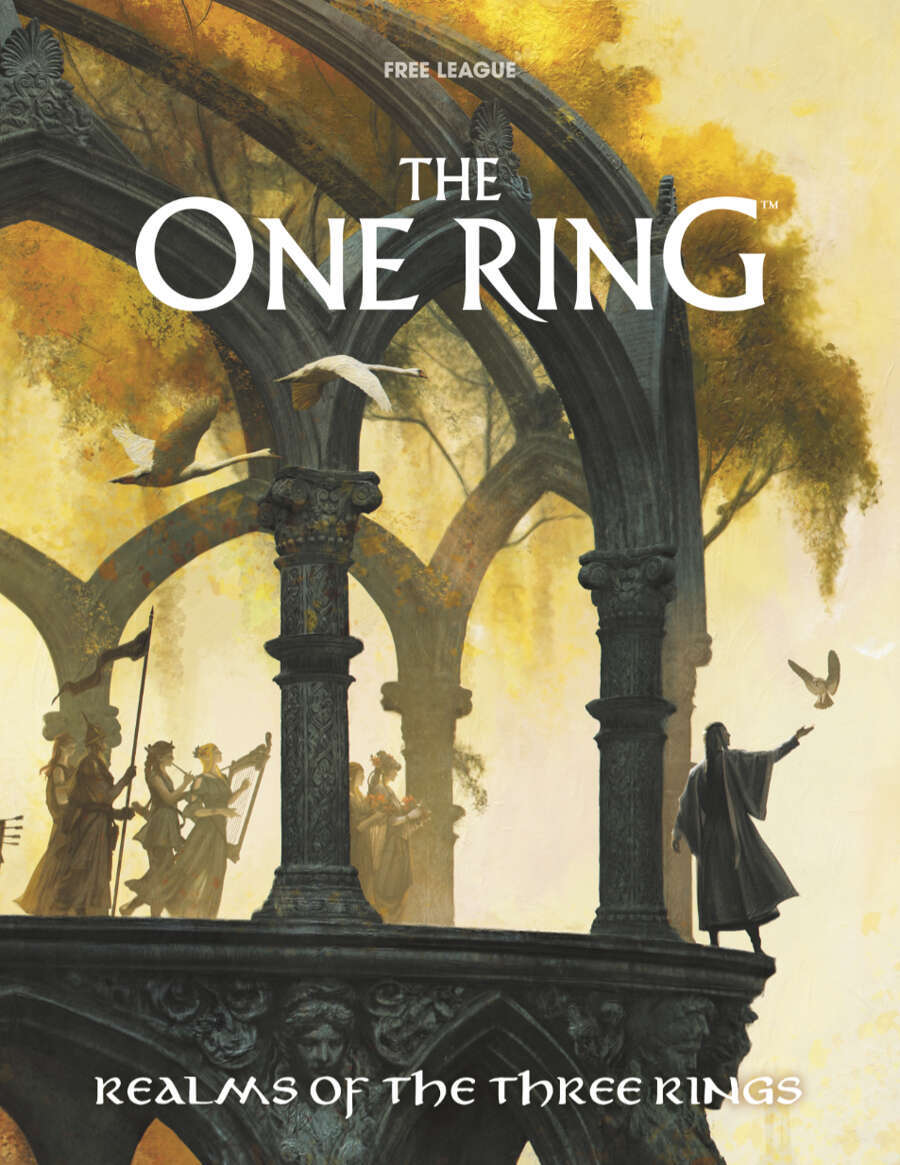
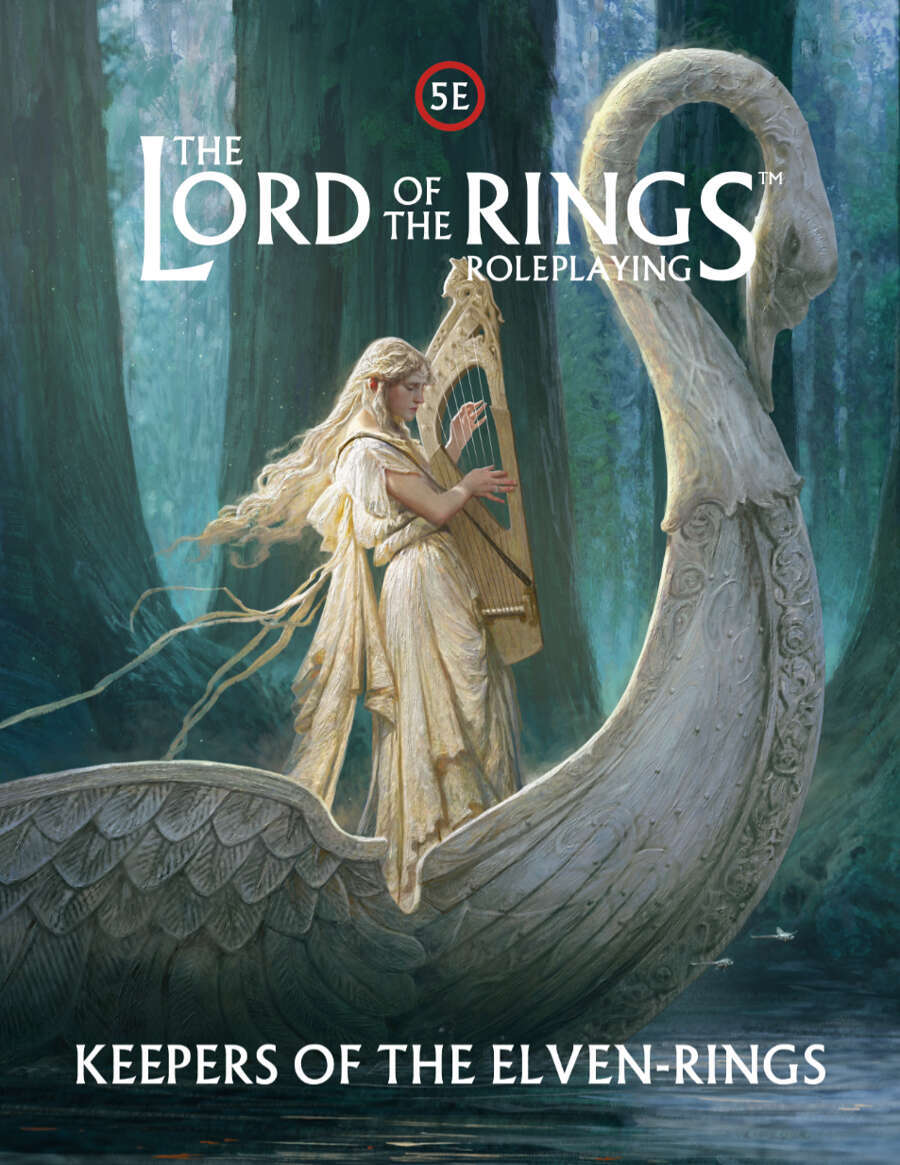

Comments
Post a Comment